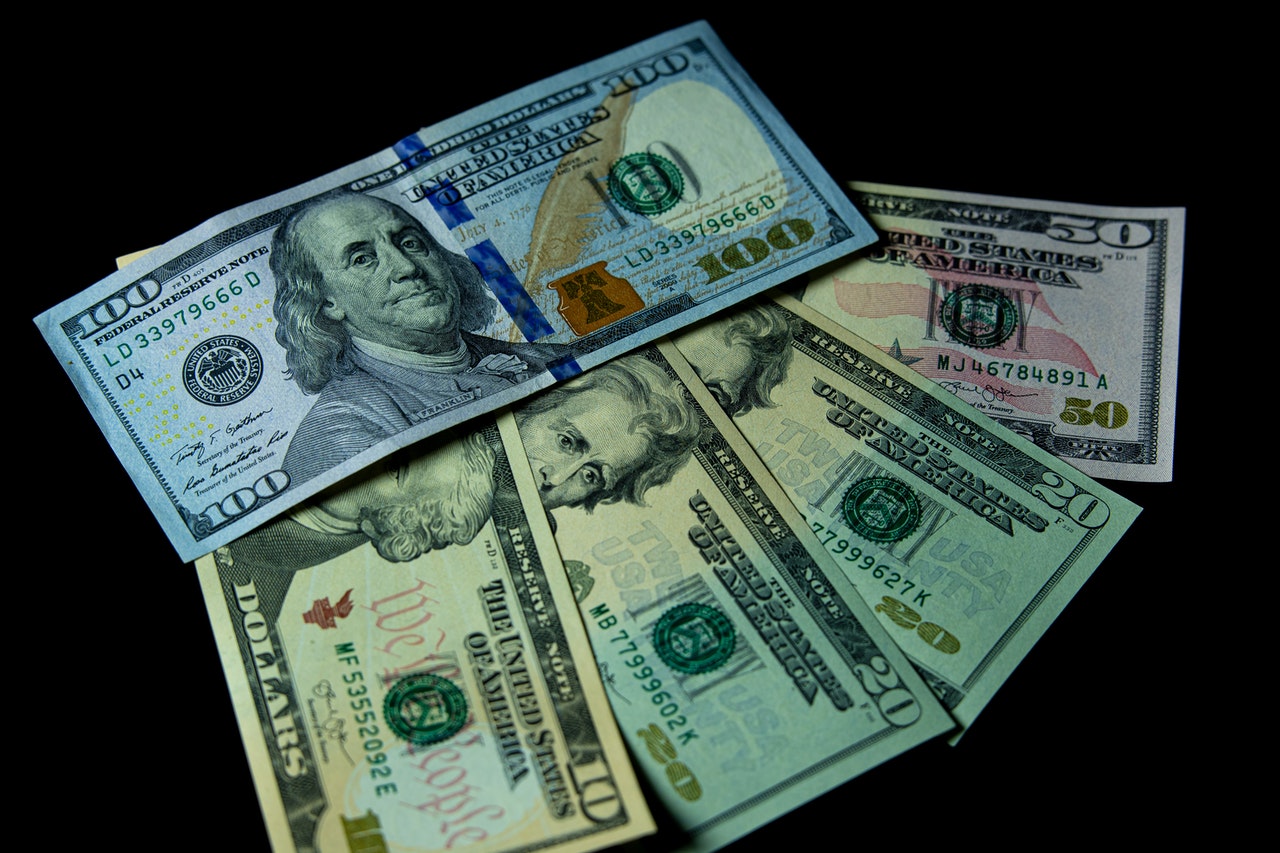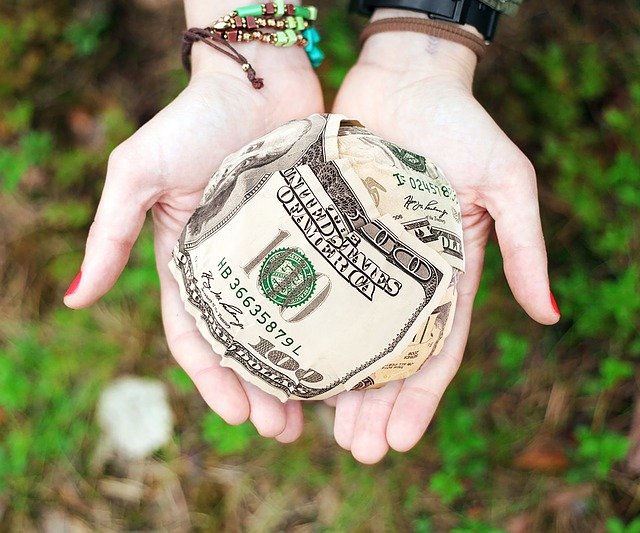YouTube, the popular video-sharing platform, is home to a vast array of content, including reviews of various products and services. Alpilean, the well-known health supplement, has also been featured in video reviews on YouTube. In this article, we delve into Alpilean reviews on YouTube, providing valuable insights from video creators and their experiences with this product.
Understanding Alpilean Reviews on YouTube
YouTube serves as a platform where content creators can share their experiences, opinions, and reviews with a wide audience. When it comes to Alpilean, several YouTube channels have dedicated videos discussing the product, its benefits, and their personal experiences. These videos allow viewers to gain insights and make informed decisions about Alpilean.
Alpilean Reviews on YouTube
Alpilean has garnered attention on YouTube, and content creators have shared their thoughts and experiences through video reviews. These reviews offer a visual and auditory perspective, providing a more immersive understanding of Alpilean’s effects. It’s important to note that individual experiences may vary, and it’s advisable to consider multiple sources of information before forming conclusions.
As we explore Alpilean reviews on YouTube, here are some common themes that have emerged:
- Positive Experiences: Many video reviews highlight positive outcomes after incorporating Alpilean into their routines. Content creators have reported increased energy levels, improved focus, better mood, and overall well-being as potential benefits. Some have also documented their weight management journeys with the support of Alpilean.
- Authenticity and Transparency: YouTube reviews often emphasize authenticity and transparency. Content creators strive to provide genuine experiences and opinions, sharing both the positive and potential limitations of Alpilean. This transparency helps viewers make informed decisions based on honest feedback.
- Personalized Results: Alpilean reviews on YouTube highlight individual variations in experiences. Some creators have experienced significant improvements in their well-being, while others have reported more subtle effects. Factors such as personal physiology, lifestyle, and health status may contribute to these variations.
- Comparison and Combination: Some video reviews compare Alpilean to other similar products or discuss its compatibility with other supplements or lifestyle choices. These comparisons can provide additional insights for viewers who are considering Alpilean as part of a broader wellness regimen.
Utilizing YouTube Reviews for Decision Making
When utilizing Alpilean reviews on YouTube to make informed decisions, consider the following:
- Evaluate Credible Channels: Look for YouTube channels with a reputable track record of providing informative and trustworthy content. Consider channels with a substantial subscriber base, positive engagement, and a focus on health and wellness.
- Watch Multiple Reviews: Watch multiple video reviews to gather different perspectives. Pay attention to both positive and critical aspects to form a well-rounded understanding of Alpilean.
- Engage with the Community: YouTube videos often have comment sections where viewers can engage with the content creator and other viewers. Participating in these discussions can provide additional insights, ask questions, and clarify any doubts.
- Consider Video Details: Pay attention to specific details mentioned in the videos, such as dosage recommendations, duration of use, and potential side effects. These details can help you make an informed decision based on your specific needs and circumstances.
Conclusion
Alpilean reviews on YouTube offer valuable insights from content creators who have shared their experiences with this health supplement. Positive outcomes, authenticity, transparency, and personalized results are among the themes that have emerged from these video reviews. When utilizing YouTube reviews, evaluate credible channels, watch multiple reviews, engage with the community, and consider specific video details to make an informed decision about Alpilean.
Remember that individual experiences may vary, and it’s beneficial to gather information from multiple sources to form a comprehensive understanding.
 Anorexia is a mental condition that is characterized by a fear of weight gain. Anorexics will typically go to great extents to lose weight for example, eating a diet of famine or exercise with a ferocious. Bulimia nervosa is yet another psychological disorder characterised by bouts of eating binge that are followed by purging. Bulimia nervosa sufferers will frequently vomiting or take laxatives in an effort to rid them of calories they’ve consumed.
Anorexia is a mental condition that is characterized by a fear of weight gain. Anorexics will typically go to great extents to lose weight for example, eating a diet of famine or exercise with a ferocious. Bulimia nervosa is yet another psychological disorder characterised by bouts of eating binge that are followed by purging. Bulimia nervosa sufferers will frequently vomiting or take laxatives in an effort to rid them of calories they’ve consumed.  Treatment for eating disorders in the hospital usually includes: A team of specialists who provide a full range of care Psychological and medical evaluations and treatment Food and nutrition counseling and meal plan Individual therapy, group and family therapy Therapy for recreation and active therapy -Medication management
Treatment for eating disorders in the hospital usually includes: A team of specialists who provide a full range of care Psychological and medical evaluations and treatment Food and nutrition counseling and meal plan Individual therapy, group and family therapy Therapy for recreation and active therapy -Medication management 
